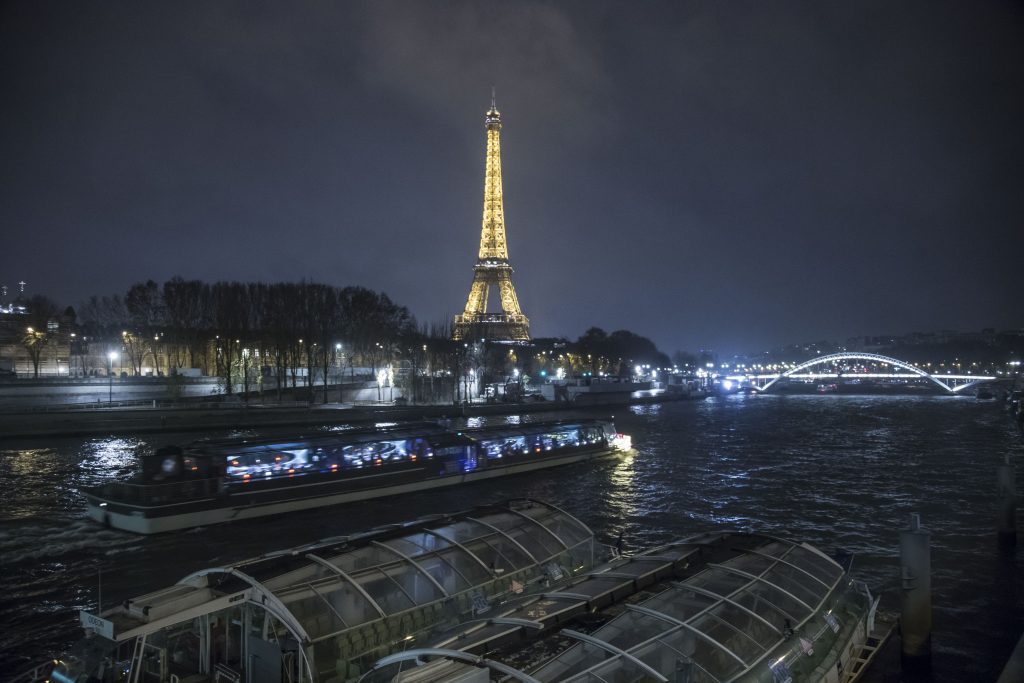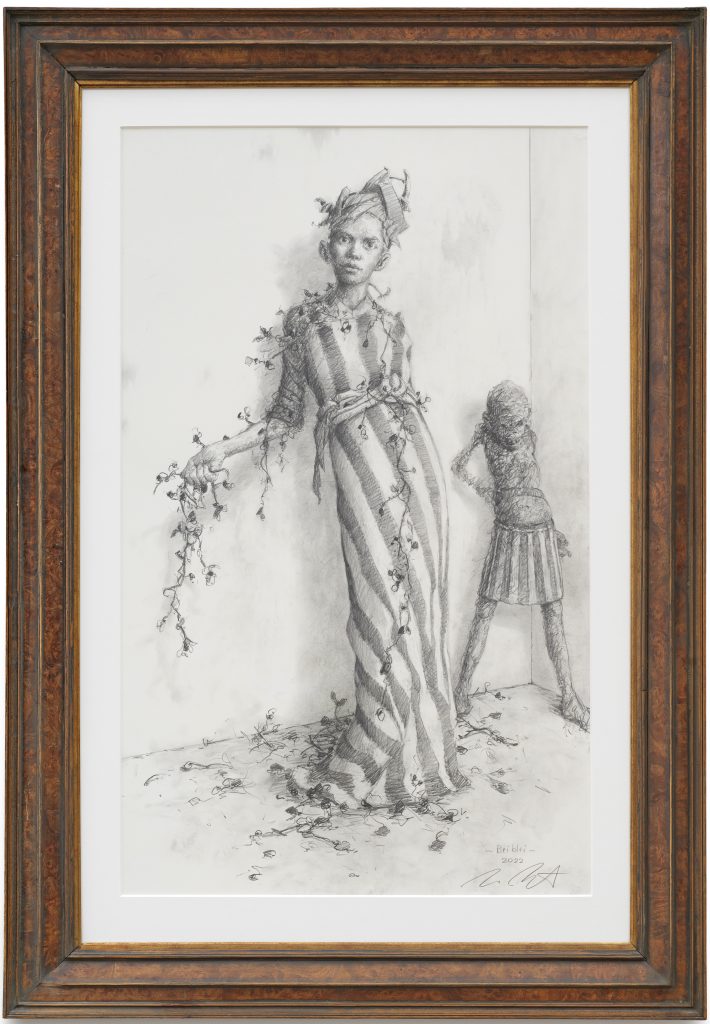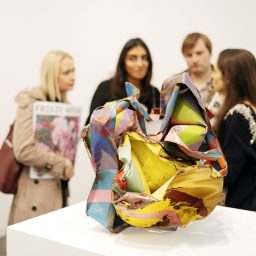What’s the smartest way to spend $20,000 on art? Is it a bad idea to help a big client avoid paying sales tax? How do I get an invite to a gallery dinner? Every month in Ask an Art Advisor, our go-to expert Wendy Goldsmith invites you to share your most pressing questions about navigating the art market—and she’ll draw from her decades of experience for the answer.
Do you have a query of your own? Email [email protected] and it may get answered in an upcoming article.
A gallery has offered me access to a work by an artist I want to collect but I don’t like the painting they’ve chosen for me. The problem is that the waiting list for this artist is long and I don’t know when I will get a chance to own work by them again. Should I buy it anyway, or hold out for the gallery to offer me a painting I like better? Will the gallery punish me if I say no to what they have offered?
This is an age old dilemma, especially in the current climate with a voracious appetite for the next market darlings generating seemingly endless waiting lists. If you accept the chosen painting, not only may you not want to live with said piece but the gallery may think that, as you already have one, there is no need for another. This way they can satisfy someone else on the list and cross them off too (a gallerist recently told me of a 500 person waiting list for one of her artists. I can only imagine the juggling that must go on). On the other hand, if you say “no thank you,” your name may then simply be put to the end of the list, never again to see the light of day.
There’s no easy answer here except for patience and deep pockets. One way for the gallery to see you in a favorable light, besides the “buy one—donate one” to a museum purchase plan that seems to be so popular at the moment, would be to explore other artists in the gallery’s program that might not be quite as coveted. If you support other artists in their stable, while everyone else is looking the other way, it may just be a win win situation for both. Not only would you end up owning other wonderful works that you may not have even considered otherwise, but you’ll also be rewarded with an even bigger prize at the end.

There’s nothing quite like Paris by night! Photo by Nicolas Economou/SOPA Images/LightRocket via Getty Images.
I’m a collector based in the United States and currently planning my travel to Europe for the fall. I’m excited to go to Paris to see the debut of Paris + by Art Basel but I am considering skipping Frieze London this year. Would that be a mistake? What should I consider when making my plans?
I live in the best city in the world so of course I will always be partial to London and for this post-Covid season of the double header, the organizers of both cities have made it easy for us. With no gap week in between, one could easily travel to London, have a week filled with openings, dinners, museum shows, auctions, and two stellar art fairs, not to mention satellite fairs like PAD, et al. Throw in our world class restaurants and hotels and what an essential week for any art collector, with maybe a visit to Hauser & Wirth Somerset and its Piet Oudolf-designed gardens over the weekend to decompress.
But Paris will always be Paris. And I’m still in awe that it’s reachable in 160 short minutes from London by train, from city center to city center, with no airport in sight. Just press repeat on all of the events above and you’ll have another wonderful week, this time with a French accent. After a no doubt long absence due to Covid, these two weeks would be invaluable to your relationships with the gallerists, actually seeing all the works away from the seemingly endless pdfs you’ve been receiving, and hopefully even discovering some new artists along the way. But the best reason of all? For you Americans, with the current exchange rates, the whole of Europe is on sale, which surely is an art buying opportunity not to be missed.
How important is it to see the work in person before making a purchase? What if I want to establish relationships with galleries that are out of town?
When I was working in the field of 19th-century art, many years ago, seeing a work IRL was absolutely essential—the condition, patina, detail, even the overall “feel” of a work was something that could never been replicated in an image. But as time and technology has moved on, even I can admit that I have not seen every work I’ve sold. The trick is knowing the artist. If you are already aware of an artist’s work, particularly in the contemporary field, and might even have purchased them previously, you’ll have a pretty good idea what the piece will “feel” like in reality from the high res jpg that has just arrived in your inbox. Going one step further, the auction houses invested in high tech cameras over lockdown that magnify every layer of impasto or surface blemish, along with pictures of the reverse and photoshopped images for scale. This translated to numerous new buyers who had newfound confidence in buying a work sight unseen, especially multiples by blue chip artists.
I would never advocate that this should be the only way to buy but it basically saved the art market from collapse during a time without gallery visits, auction viewings and art fairs. Will technology ever really replace that in person viewing? No. Because standing in front of a work of art and knowing that you now can’t go through life without it, is what it’s all about.

Jonas Burgert, Beiblei(2022). Courtesy Stephen Ongpin Fine Art.
What Wendy Wants
- A deep tissue massage at the newly opened Claridge’s spa, which has been eight years in the making.
- Any drawing from Jonas Burgert’s recently opened drawings show at Stephen Ongpin. Jonas is as wonderful a draftsman as he is a painter and colorist.
- Even in Paris, American comfort food reigns supreme at Ralph’s, still the chicest burger in town. My first stop for Paris +.
Wendy Goldsmith is a former International Director at Christie’s in both New York and London, who now runs London’s Goldsmith Art Advisory. You can also find her on Instagram @wendy_goldsmith.










